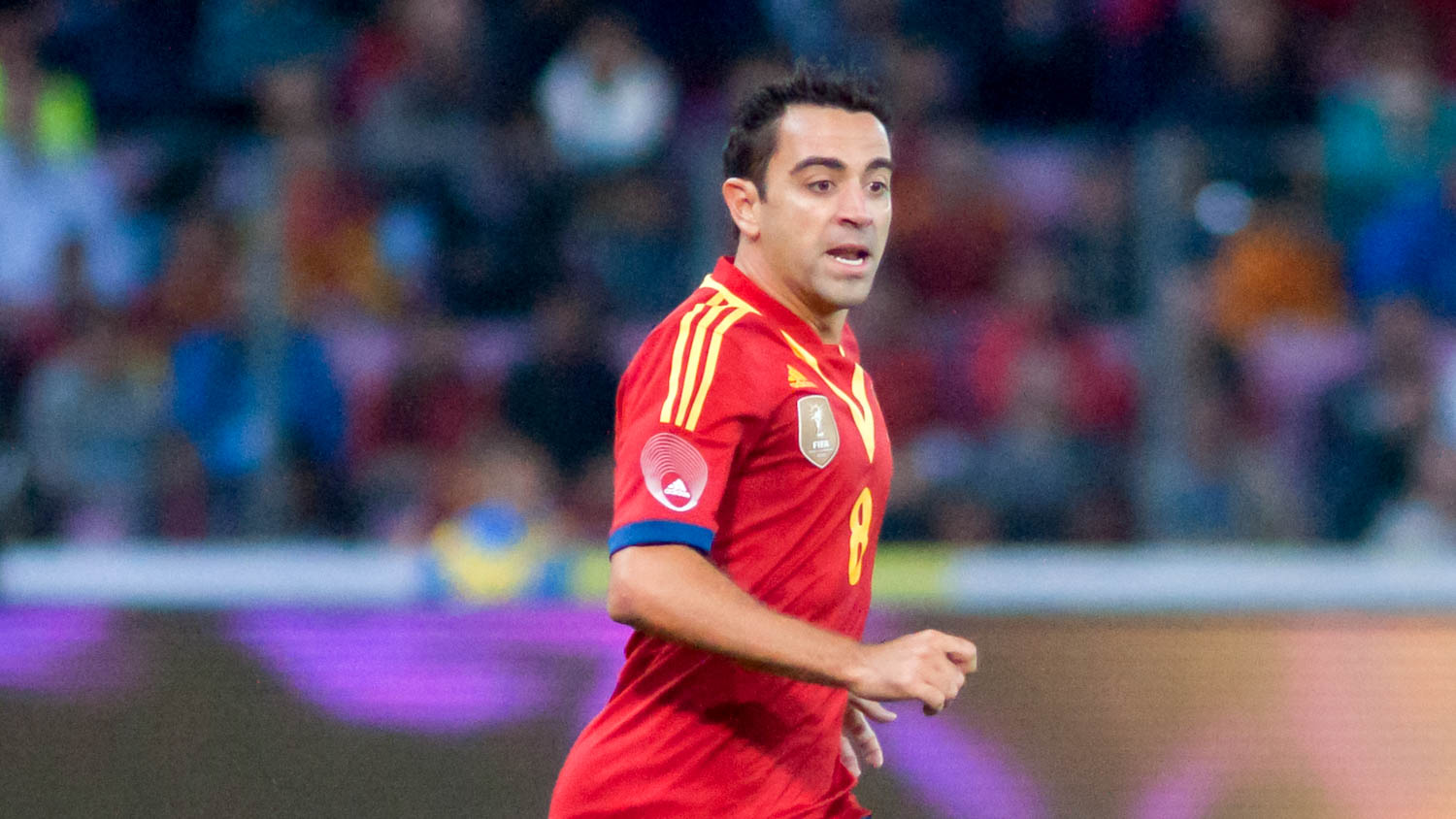The termination of Lassana Diarra’s contract with Lokomotiv Moscow about ten years ago could change the history of the transfer market. After that tug-of-war between the player and the Russian club, today, 4 October, the Court of Justice of the European Union has ruled that some FIFA rules linked to player transfers are inconsistent with European Union laws relating to competition and to freedom of movement: “The rules in question are such as to prevent the free movement of professional footballers who wish to develop their business by going to work for a new club.”
DIARRA-LOKOMOTIV MOSCOW, WHAT HAPPENED? – In 2013 Diarra signed for four years with Lokomotiv Moscow, but after just one season the contract was terminated due to discussions related to the salary. The club appealed to the Tas because, in their opinion, the player had breached the agreement without “just cause”; the Court of Arbitration for Sport ruled that Diarra would have to pay 10.5 million compensation to Lokomotiv jointly with his future club.
THE DEAL FAILURE DUE TO FIFA REGULATIONS – Under these conditions Diarra declared that, hindered by FIFA regulations, he had difficulty finding a new club. He had an agreement with Charleroi, which fell through due to Fifa rules and so the player decided to take football’s highest body to court. The Diarra case broke out before 2016, the year of Gianni Infantino’s election as FIFA president, who set the modernization of the transfer market rules among his priorities.
FIFA’S RESPONSE – After the Court’s ruling, FIFA’s response also arrived in the morning: “FIFA has taken note of the ruling issued today by the Court of Justice of the European Union in relation to the case of the player Lassana Diarra. FIFA is satisfied that the legality of the key principles of the transfer system has been reconfirmed by today’s ruling. The ruling calls into question only two paragraphs of two articles of the FIFA Regulations on the status and transfer of players, which the national court is now invited to consider. FIFA will analyze the decision in coordination with other interested parties before commenting further.”






















